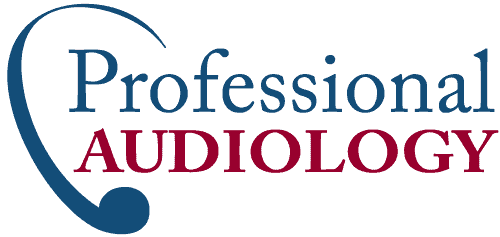Did you know that 10% of the world’s population has some degree of hearing loss. Over 700 million people globally live with some degree of impaired hearing. In the United States, 20% of people have hearing loss. With nearly 1 in 6 people being affected, hearing loss is one of the most pervasive medical conditions people live with today. Hearing loss has actually existed for centuries and early evidence shows us that people have struggled with hearing challenges for quite some time. But without the advancements of technology and hearing healthcare, how did people treat hearing loss? The history of hearing loss is quite interesting.
What is the earliest evidence of hearing loss?
Hearing loss can be traced back to over 10,000 years ago. Among the earliest recordings of hearing loss are the ancient skeletal remains found in the Middle East. Researchers found exostoses which are small growths on the bones in the ear canal. These growths contribute to conductive hearing loss, a type of hearing loss that occurs in the middle ear. Physical obstructions (like exostoses) prevent soundwaves from being fully absorbed and reaching the inner ear to be processed. This results in the brain receiving less auditory signals, causing hearing loss. In addition to these recordings, additional evidence that reveals hearing loss in earlier times include:
- Ancient Egypt: The Ebers Papyrus is usually cited as the earliest recorded writing of hearing loss. This medical text is from Ancient Egypt, around 1550 BC, and consists of remedies for common ailments. Included in this text in a treatment intended to alleviate “ears that hear badly”. This treatment outlines inserting different substances into the ear to provide relief from pain, discomfort, and hearing challenges. Substances to be inserted include olive oil, ant eggs, and even goat urine which were instructed to be injected into the affected ear. Experts believe that this remedy could have been used to address hearing issues or to loosen up earwax which obstructs sound from being absorbed.
- Greece: there are also early writings that are dated back to 10th century Greece. Writings from philosophers including Plato and Aristotle describe both people who have hearing challenges and general attitudes toward them. Both philosophers wrote about how intelligence and ability to reason is connected to one’s ability to speak. This suggests that a person who is deaf or has hearing challenges is intellectually inferior. Additionally, Plato wrote that sign language is used by “dumb [mute] people”. These writings illuminate ableist thinking towards people with hearing and communication challenges.
- France: recordings of the development of sign language also provides more evidence of the existence of hearing loss. Early indications of sign language can be traced back to 10th century France. A group of monks in Burgundy developed and used a language to communicate during their vows of silence. Knowledge of this nonverbal language reached monasteries throughout Europe and this inspired the development of sign language as well as the first school for the deaf by the mid 16th century.
This early history of hearing loss highlights that people have been experiencing hearing health related issues for quite some time. The development of sign language and a school for people with hearing challenges informed the creation of instruments to support hearing.
The Development of Hearing Aids
The first type of hearing instrument that was used dates back to the 17th century. Ear trumpets were made from animal horns and sheet iron to funnel sound into the ears. The invention of the telephone in 1876 actually provided the technology that was then used to develop the first amplified hearing aids in 1889. By 1920, portable hearing aids were introduced thanks to vacuum tube technology. The World Wars also contributed to advancements in technology which contributed to improving hearing aids.
By the 1980s, the development of microprocessors allowed hearing aids to expand and do more. In the 1990s digital technology was introduced which changed the landscape of the world, including hearing aids. These devices have continued to evolve and today’s hearing aids are more innovative than ever before. There is a wide range of styles, features, and technologies that deliver enhanced sound quality, increased connectivity, and optimal hearing experiences in everyday environments.





